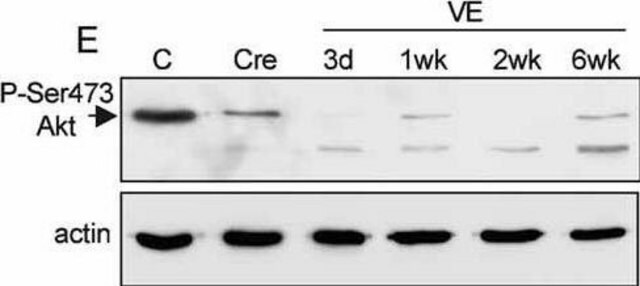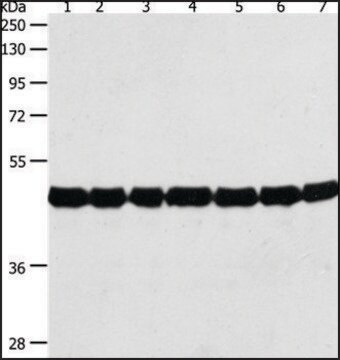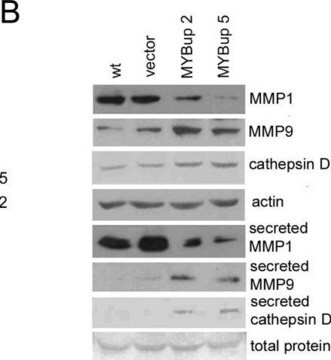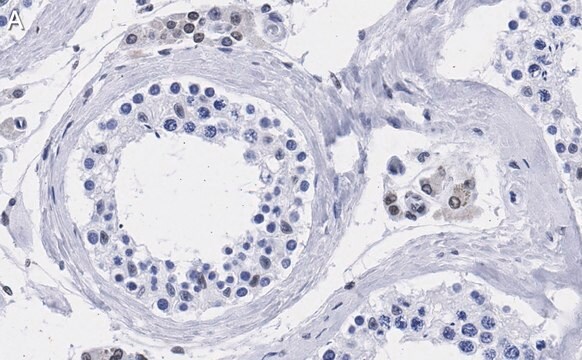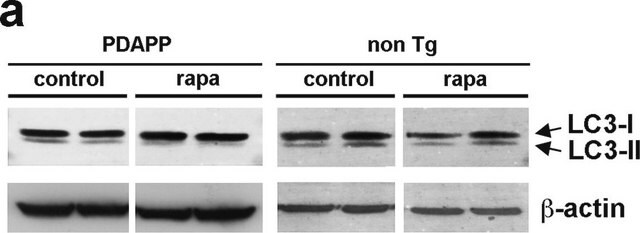ABT1485
Anti-α-Actin-1 (ACTA1) antibody
rabbit polyclonal
Sinónimos:
Actin, alpha skeletal muscle, Alpha-actin-1
About This Item
Productos recomendados
Nombre del producto
Anti-Actin, from rabbit, purified by affinity chromatography
biological source
rabbit
Quality Level
antibody form
affinity isolated antibody
antibody product type
primary antibodies
clone
polyclonal
purified by
affinity chromatography
species reactivity
mouse, human
technique(s)
immunocytochemistry: suitable
immunohistochemistry: suitable (paraffin)
western blot: suitable
NCBI accession no.
UniProt accession no.
shipped in
ambient
target post-translational modification
unmodified
Gene Information
human ... ACTA1(58)
General description
Specificity
Immunogen
Application
Immunohistochemistry Analysis: A 1:1,000 dilution from a representative lot detected actin in human cardiac muscle, skeletal muscle, and small intestine tissue sections.
This polyclonal antibody is also available as Alexa Fluor™ 488 and Alexa Fluor 647 conjugates (Cat. No. ABT1485-AF488 and ABT1485-AF647) for flow cytometry, immunocytochemistry, immunofluorescence applications.
Cell Structure
Quality
Western Blotting Analysis: A 1:5,000 dilution of this antibody detected actin in 10 µg of human skeletal muscle tissue lysate.
Target description
Physical form
Storage and Stability
Other Notes
Legal Information
Disclaimer
¿No encuentra el producto adecuado?
Pruebe nuestro Herramienta de selección de productos.
Storage Class
12 - Non Combustible Liquids
wgk_germany
WGK 1
flash_point_f
Not applicable
flash_point_c
Not applicable
Certificados de análisis (COA)
Busque Certificados de análisis (COA) introduciendo el número de lote del producto. Los números de lote se encuentran en la etiqueta del producto después de las palabras «Lot» o «Batch»
¿Ya tiene este producto?
Encuentre la documentación para los productos que ha comprado recientemente en la Biblioteca de documentos.
Nuestro equipo de científicos tiene experiencia en todas las áreas de investigación: Ciencias de la vida, Ciencia de los materiales, Síntesis química, Cromatografía, Analítica y muchas otras.
Póngase en contacto con el Servicio técnico


